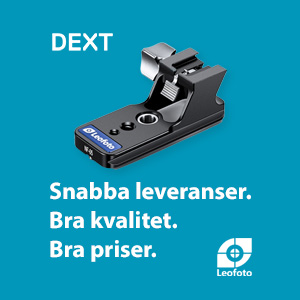Christerart
Aktiv medlem
up rezzing
In Photoshop CS you use 110%, bicubic smoother and depending what printer you're going to use - anything from 240 dpi to 400 - or what your lab tells you if you don't have a printer yourself. Repeat this untiol you have the output sizer you want and then you need to sharpen befoer you print or send the file to the printer.
Adobe recommends not going more than 50 % up or down when rezzing (resizing) up - Bicubic smoother - down - Bicubic sharper at any one time.
Sharpening is very important - I just posted something about that here on Fotosidan - you need to sharpen specifically depending on the kind of printer and DPI you are printing to.
Get this program, PhotoKit Sharpener:
http://www.pixelgenius.com/
It'll take care of the sharpening.
As for possible image size - I've done 30 x 40" from my first Canon D30 Jpgs (!) printed on HP wide body printer - don't remember what model - and the print was gorgeous! I print almost all my Fine Art prints at 13 x 19" or 16 x 20"...
In Photoshop CS you use 110%, bicubic smoother and depending what printer you're going to use - anything from 240 dpi to 400 - or what your lab tells you if you don't have a printer yourself. Repeat this untiol you have the output sizer you want and then you need to sharpen befoer you print or send the file to the printer.
Adobe recommends not going more than 50 % up or down when rezzing (resizing) up - Bicubic smoother - down - Bicubic sharper at any one time.
Sharpening is very important - I just posted something about that here on Fotosidan - you need to sharpen specifically depending on the kind of printer and DPI you are printing to.
Get this program, PhotoKit Sharpener:
http://www.pixelgenius.com/
It'll take care of the sharpening.
As for possible image size - I've done 30 x 40" from my first Canon D30 Jpgs (!) printed on HP wide body printer - don't remember what model - and the print was gorgeous! I print almost all my Fine Art prints at 13 x 19" or 16 x 20"...







